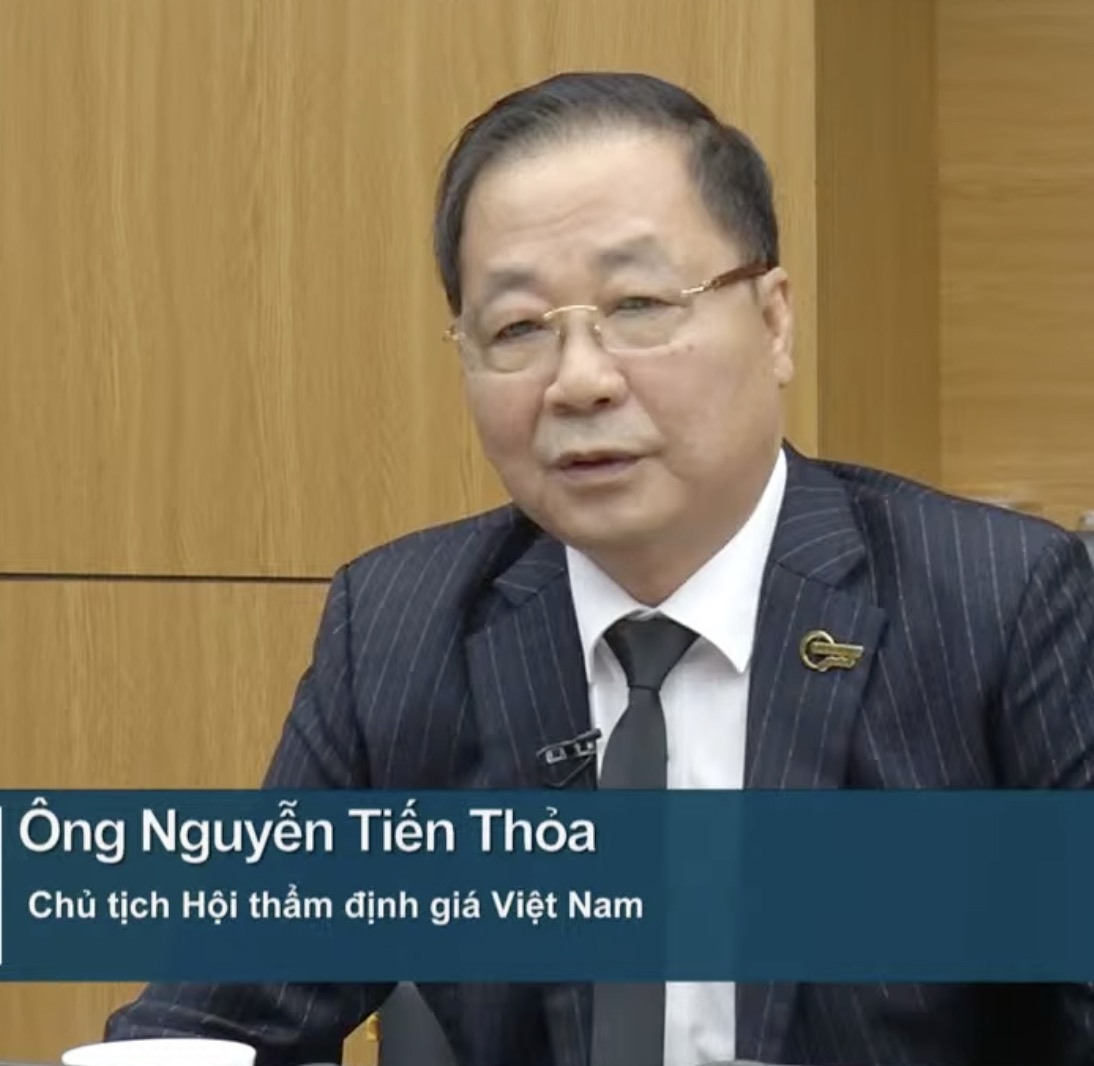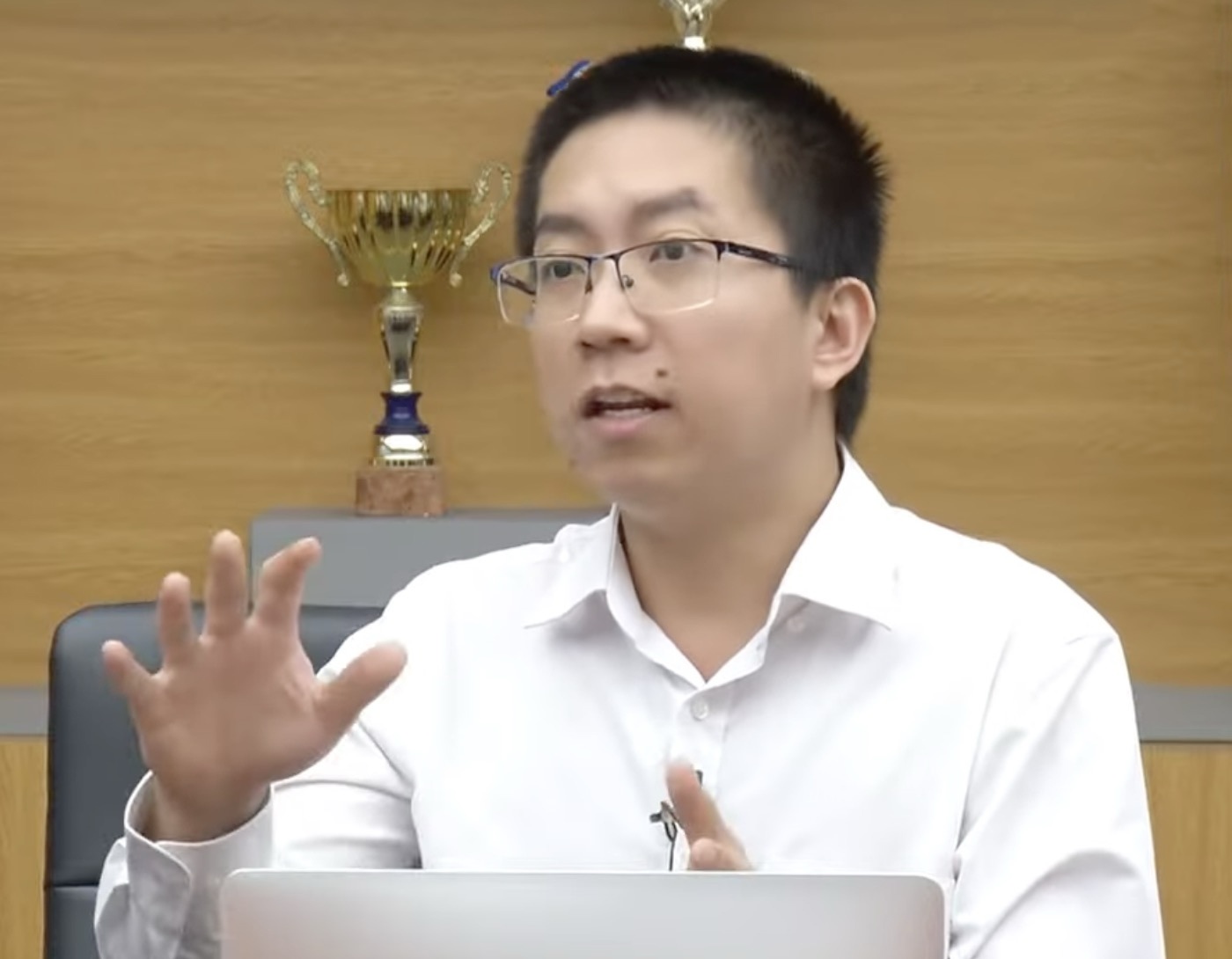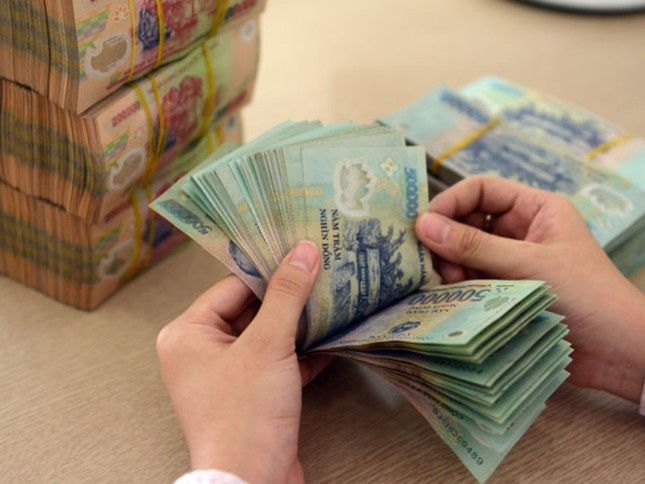Will Two-Part Electricity Pricing Make the Market More Fair?
At a seminar on “Providing Electricity for the 2024 Dry Season Peak,” Mr. Nguyen Tien Thoa, Chairman of the Vietnam Valuation Association, shared some insights on the mechanism for calculating this pricing.
He explained that two-part electricity pricing comprises the price of capacity and the price of electricity consumption. Many countries apply this pricing method to business production customers, and some also apply it to residential customers. In contrast, Vietnam currently uses a single-part pricing mechanism, which calculates based on electricity consumption.
 Mr. Nguyen Tien Thoa, Chairman of the Vietnam Valuation Association. Screenshot
|
“To put it simply, capacity pricing is the price of a unit of capacity determined in a transaction to pay for the electricity supplier. The price of electricity consumption is the price of a unit of electricity consumption determined by the electricity supplier,” Mr. Thoa explained.
According to Mr. Thoa, the difference between these two pricing methods is that the single-part mechanism in Vietnam compensates for variable fuel costs. In contrast, the two-part pricing method compensates not only for variable costs but also for fixed costs incurred during electricity production and supply, such as asset depreciation, repairs, and salaries.
“Evidently, single-part pricing does not fully reflect the impact of variable costs in the electricity supply process. Dual pricing reflects investment and operating costs,” said Mr. Thoa. “Therefore, electricity consumption payments must cover this investment. Moreover, two-part pricing sends a signal about customer usage costs so that they are aware of and can adjust their electricity usage behavior for efficiency.”
“I have conducted research in Thailand and China. When electricity prices are adjusted according to this pricing method, customers do not complain like they do with single-part pricing in our country. Fluctuating input fuel costs are automatically analyzed and adjusted, reflected in the sales price, while fixed costs remain the same. They do it this way, and it makes the market more transparent.”
Mr. Thoa believes that the study on two-part electricity pricing is justified to assess its practical effects and differences compared to the single-part pricing currently in use, especially for consumers.
“How are the costs on both sides, how much difference is there, and is it more efficient with lower electricity costs? This pilot program is essential to evaluate and expand to the masses if it is reasonable and effective,” concluded Mr. Thoa.
The expert also believes that two-part electricity pricing will have three main effects. Firstly, it serves as a signal for electricity producers, ensuring that investment and operating costs are covered. At the same time, electricity users are aware of the usage costs to adjust their behavior.
Secondly, it helps encourage customers to use electricity efficiently, increasing the electricity load factor and saving electricity. For users, when applying two-part pricing, the most important factor is to ensure that the utilization factor between average capacity and maximum capacity is at its most efficient level to save money.
“As with the current single-part pricing, registered capacity can be very high but usage is low, which is not good for the industry and also wastes electricity,” he noted.
Thirdly, this pricing method will help balance the load for the system. This mechanism helps households use electricity more stably, and the load at all times is also more stable, ensuring reliable electricity supply during the supply process.
Two-Part Electricity Mechanism Helps Avoid “Cross-Subsidization”
Agreeing with Mr. Thoa, Mr. Nguyen Minh Duc, of the Legal Department of the Vietnam Chamber of Commerce and Industry (VCCI), said that two-part pricing is not a new issue. Ten years ago, the Government issued a document requesting that the Ministry of Industry and Trade research this issue.

Nguyen Minh Duc, Legal Department of the Vietnam Chamber of Commerce and Industry (VCCI). Screenshot
|
Mr. Duc compared two-part electricity pricing to current telecommunications fees.
“Telephone fees include a monthly subscription fee, and then each call is charged separately. The electricity industry could apply a similar approach. First, EVN incurs costs for installing power lines to households, so customers must pay for the system. Then, the electricity consumption is charged. With this method of calculating the bill, the price of each kWh will be reduced. Currently, we lump all the costs together, so the price of each kWh is higher,” the expert explained.
Mr. Duc believes that the two-part electricity pricing mechanism will be fairer because it accurately reflects the costs of each customer, avoiding cross-subsidization among customers as is currently the case.
“For example, consider two customers: a restaurant and a factory. The factory operates continuously three shifts per day, with consistent production, while the restaurant has peak usage only during lunch and dinner.
If both customers use the same amount of electricity, the restaurant will need to install a much larger maximum capacity power line, even though it only uses that capacity during a few hours. Meanwhile, the electricity industry has to bear the costs without recovering them. With two-part pricing, the cost of electricity for the restaurant will more accurately reflect its actual usage. This means that cross-subsidization can be avoided.”
The second reason, according to Mr. Duc, is to prevent the registration of large capacities that are not used.
“For example, there are cases where factories and industrial zones register for large electricity capacities, but then experience delays and do not use the electricity for several years. In the meantime, the electricity industry has to invest in power lines and transformer stations, which is a waste of resources. These costs are then passed on to other customers.”
Thirdly, electricity prices will be more flexible. According to Mr. Duc, the current single-part pricing mechanism makes it difficult to adjust prices. If the two parts are separated, the power line portion is fixed, while the electricity consumption portion can be studied to vary according to input costs, avoiding the situation where electricity prices only increase and never decrease, as some opinions have recently suggested.
However, Mr. Duc revealed that the upcoming policy amendment will not yet affect this pricing.
“The Government assigned this issue to the Ministry of Industry and Trade in 2013. The Ministry of Industry and Trade has spent time researching and is currently submitting an amendment to Decision 28/2014 on the electricity price structure to the Prime Minister. The issue of two-part pricing has received much attention. As far as I know, the upcoming amendment will focus on addressing the issues that are currently causing public concern. The issue of pricing will not be addressed yet and is expected to take several years,” the expert explained.
“Many other countries have applied this pricing method, mainly for non-residential customers. The household sector will probably be included in a later phase. We agree that it takes time to pilot the program, as it could impact the electricity usage costs of millions of customers and force businesses and factories to restructure their production mechanisms, resulting in a significant impact and taking a lot of time to implement.
Regarding the roadmap, nothing specific has been decided yet, and we are waiting for a proposal from the Ministry of Industry and Trade. However, as I mentioned, a pilot program must first be implemented with new customers in some localities. After 1-2 years, if the feedback is positive, the load is reasonable, and the operations are appropriate, it can be expanded to all non-residential customers and gradually to the residential sector,” Mr. Duc added.







































